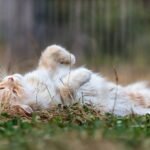The Astonishing Emotional Depth of Big Cats
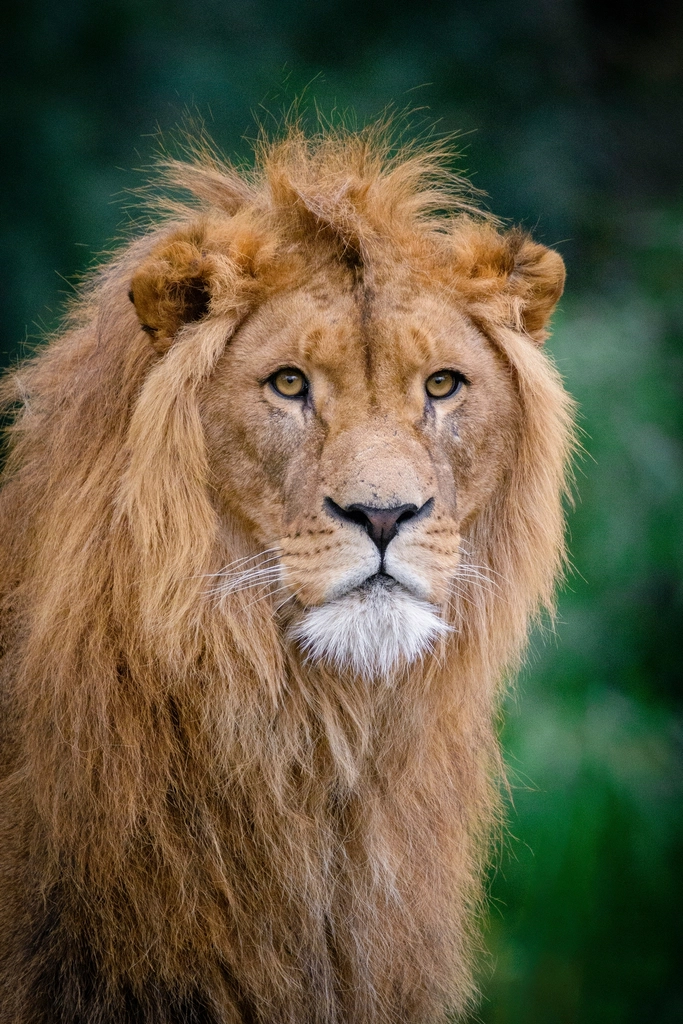
Imagine walking through the dense forests of Africa or the lush jungles of Asia and suddenly coming face-to-face with a majestic big cat. While their breathtaking beauty and power often capture our attention, there’s something much deeper beneath their fierce exteriors. These magnificent creatures have an astonishing emotional depth that might surprise many. Contrary to popular belief, big cats are not just solitary hunters, but complex beings capable of displaying a range of emotions. From joy and affection to grief and anger, their emotional awareness is as vast as their territories.
Lions: The Kings with a Soft Heart
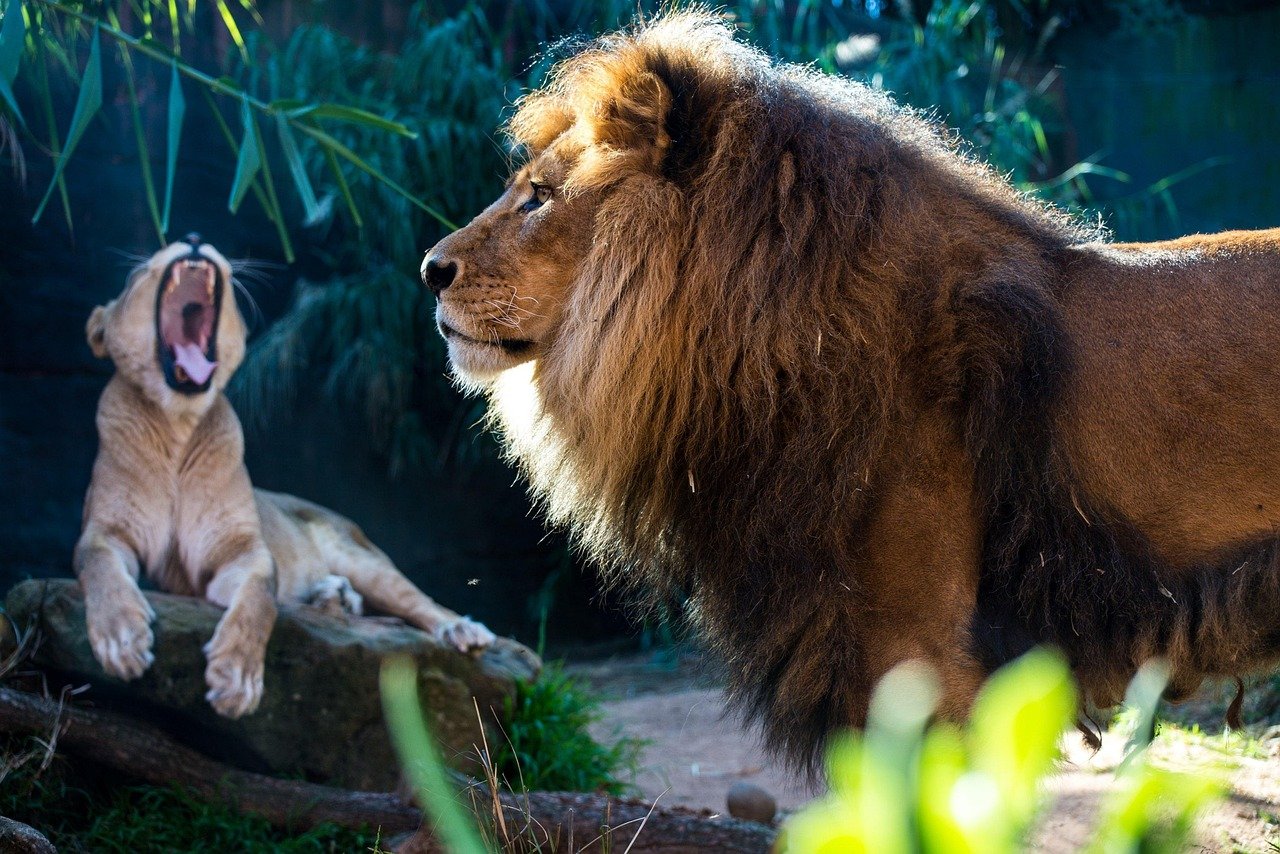
Lions, often crowned as the kings of the jungle, are more than just their fierce reputation. Living in prides, these majestic creatures exhibit a unique social structure that fosters emotional bonds. Within these prides, lionesses work in harmony, raising cubs together and supporting each other through thick and thin. The sight of a lioness gently nudging her cub or a male lion playfully engaging with his pride is a testament to their emotional connection. Moreover, when a member of the pride passes away, the remaining lions often display signs of grief, echoing the deep emotional ties that bind them.
Tigers: Solitary Yet Sentimental
Tigers, the largest of the big cats, are typically solitary creatures. Yet, beneath their solitary nature lies a heart full of emotions. When a tiger mother raises her cubs, she exhibits immense patience and care, teaching them the ways of the wild. This nurturing bond often results in playful interactions between mother and cubs. Tigers are also known to mourn the loss of their young, showcasing a profound sense of loss and melancholy. Their solitary roars, often echoing through the night, have been speculated to be expressions of loneliness or longing.
Leopards: Silent Observers with Emotional Depth
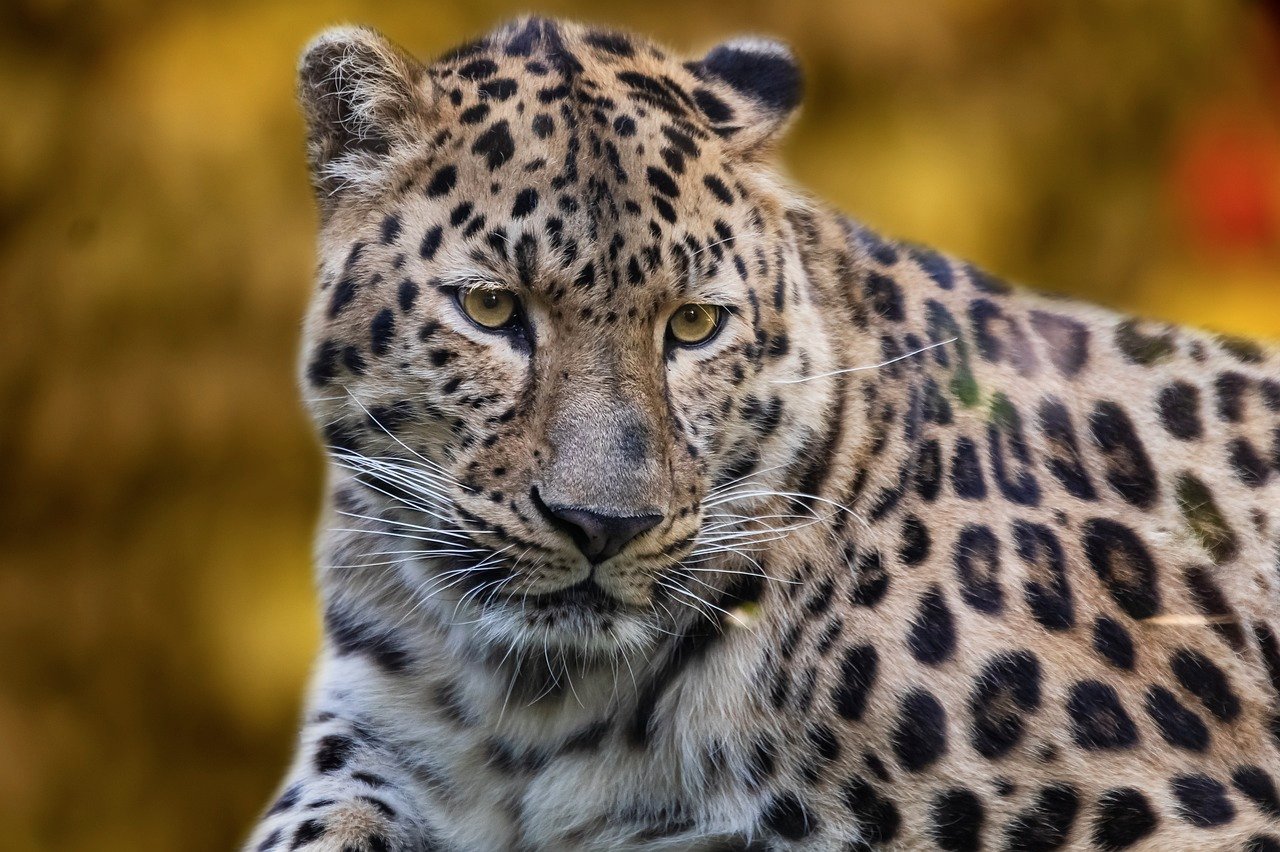
Leopards, known for their elusive nature, often go unnoticed in discussions about emotional awareness. However, these stealthy hunters possess a surprising depth of emotions. A leopard mother’s dedication to her cubs is unparalleled, often seen carrying them gently by the scruff to safety. Their playful antics with their young reveal a tender side, contrasting their fierce hunting prowess. Leopards also exhibit a sense of territorial pride, often becoming visibly distressed when their domain is threatened or invaded.
Cheetahs: Speedy Sprinters with Soft Hearts
Cheetahs, the fastest land animals, might seem like nature’s ultimate speed machines, but they have a softer side too. The bond between a cheetah mother and her cubs is heartwarming. She tirelessly teaches them the art of hunting while ensuring their safety. Cheetahs are known to purr when content, a sound often associated with domestic cats, indicating their capacity for happiness and satisfaction. Their playful nature with siblings and cubs further emphasizes their emotional range, making them not just sprinters but affectionate family members.
Snow Leopards: The Ghosts of the Mountains with Gentle Souls
Often referred to as the “ghosts of the mountains,” snow leopards are as elusive as they are enchanting. Living in the high altitudes of Central Asia, these big cats have adapted to harsh conditions, yet their emotional awareness remains intact. Snow leopard mothers are particularly protective of their cubs, often seen cuddling and grooming them in their rocky dens. Their soft, melodious calls to each other are signs of their emotional communication, serving as a reminder that even in solitude, they crave connection and companionship.
Jaguars: Mystical Creatures with Emotional Complexity
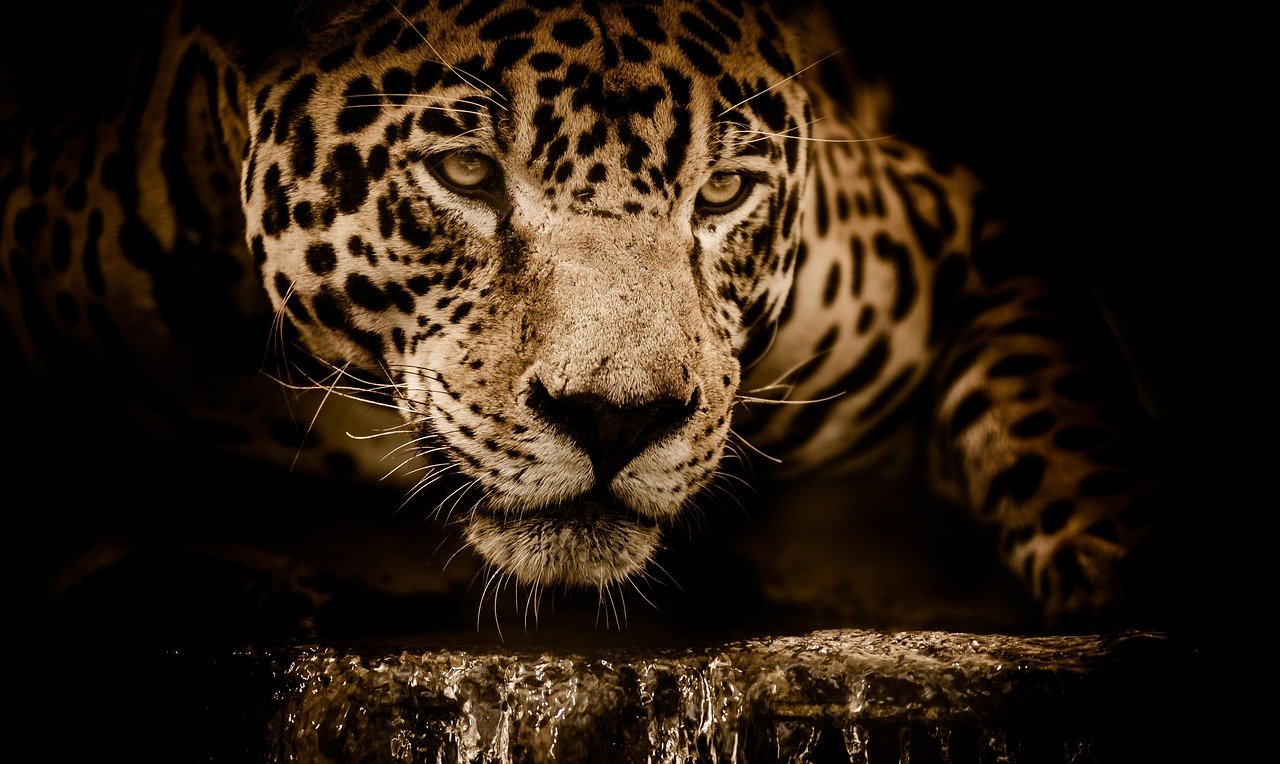
Jaguars, with their striking patterns and powerful build, are often seen as mysterious and enigmatic. Yet, beneath their mystical exterior lies a heart capable of deep emotions. Jaguars are known for their strong maternal instincts, with mothers fiercely protecting their young from threats. Their playful interactions with cubs reveal a nurturing side, often engaging in mock hunts and playful tussles. Jaguars also exhibit a profound sense of territoriality, with emotional reactions to changes in their environment, highlighting their complex emotional landscapes.
The Role of Play in Emotional Development
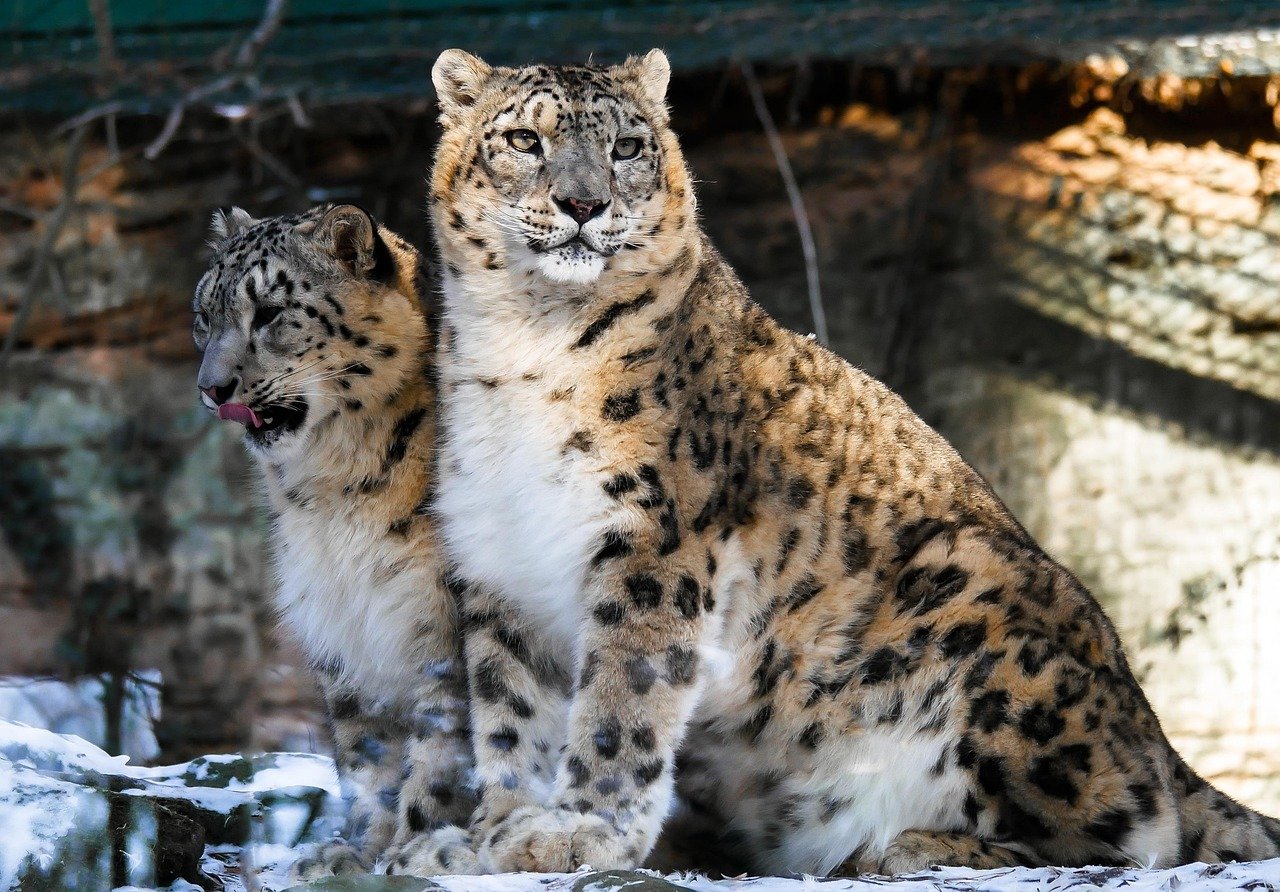
Play is a crucial element in the emotional development of big cats. Through playful interactions, young cubs learn essential life skills, from hunting techniques to social behaviors. These playful bouts are not just about physical exercise but are vital for emotional bonding. Watching a lion cub playfully pounce on its sibling or a cheetah cub chasing its mother showcases the joy and affection shared among them. Play serves as a bridge, connecting the physical and emotional worlds of these magnificent creatures.
Communication: More Than Just Roars and Growls
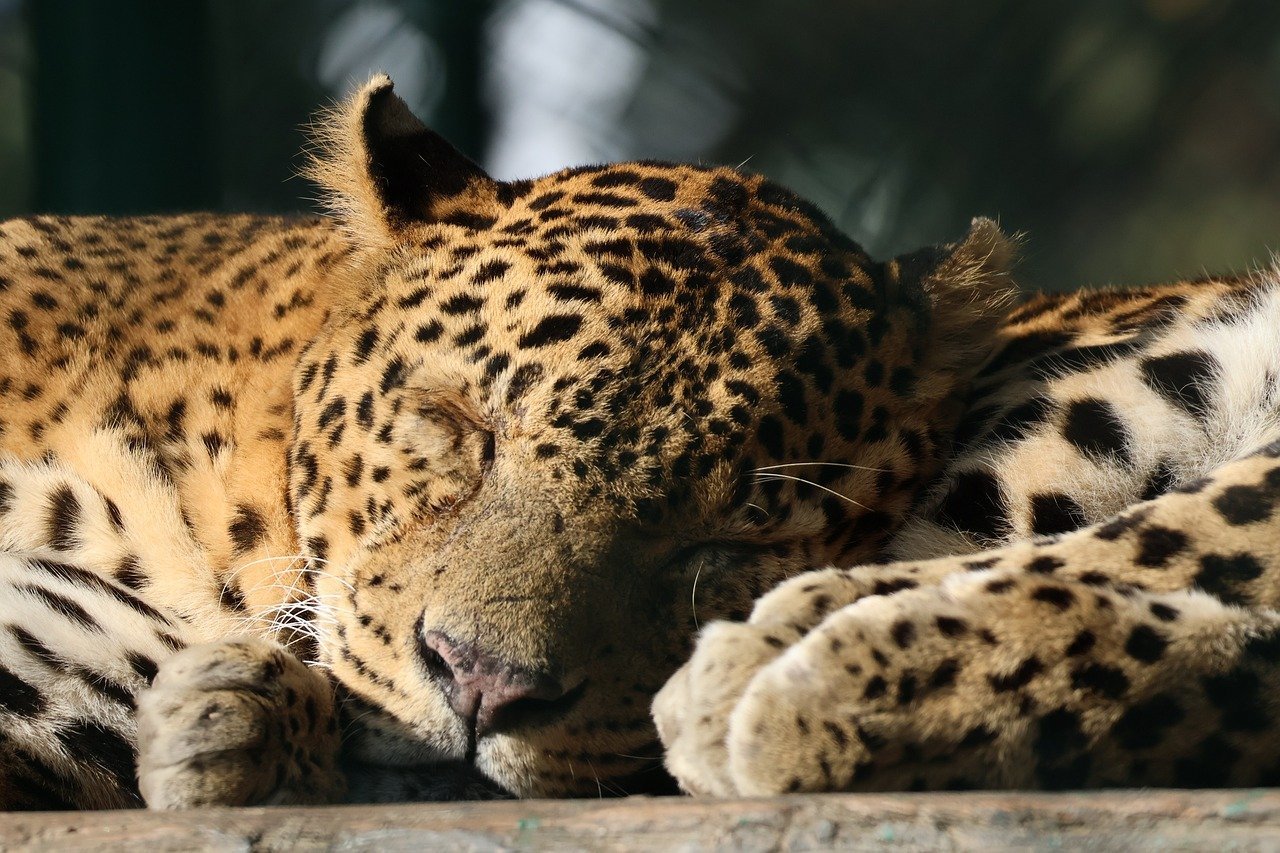
Big cats communicate their emotions through a range of vocalizations and body language. Roars, growls, purrs, and even silent gestures convey their feelings and intentions. A lion’s roar can express dominance, while a tiger’s growl may signal annoyance. Observing a leopard gently rubbing against a tree or a cheetah’s soft purr reveals a world of emotions that words might fail to capture. These vocal and physical cues are their language of emotion, painting a vivid picture of their inner worlds.
The Impact of Environment on Emotional Well-being
The environment plays a significant role in shaping the emotional well-being of big cats. A stable and resource-rich habitat allows these creatures to thrive emotionally and physically. Conversely, habitat destruction and human encroachment can lead to stress, anxiety, and even depression in these majestic beings. Observing a jaguar pacing nervously in a threatened territory or a cheetah struggling to find prey highlights the emotional toll of environmental changes. Protecting their habitats is crucial for preserving not just their physical existence but their emotional health too.
Understanding Grief in Big Cats
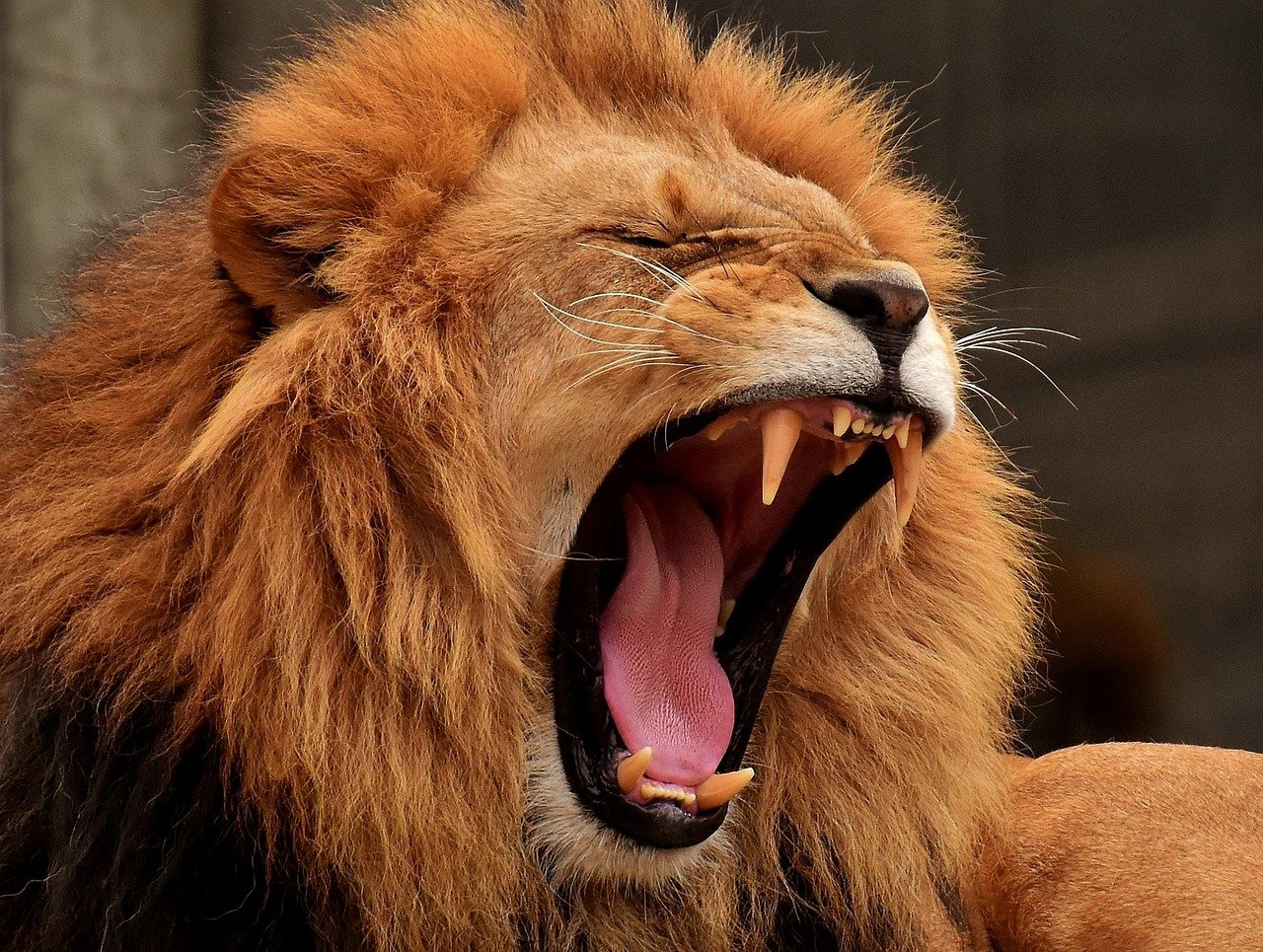
Grief is a powerful emotion, and big cats are not immune to its effects. When a member of a pride or family group dies, the emotional impact is palpable. Lions have been observed staying close to the body of a deceased pride member, displaying signs of mourning and loss. Tigers and leopards, too, exhibit behaviors indicative of grief, such as decreased activity or vocalizations of distress. These reactions highlight the depth of their emotional connections and the profound impact of loss on their lives.
Mother-Child Bonds: A Tale of Unwavering Love

The bond between a mother and her cubs is one of the most profound emotional connections in the animal kingdom. Big cat mothers demonstrate unparalleled dedication, often risking their lives to protect and nurture their young. Whether it’s a cheetah teaching her cubs to chase or a snow leopard guiding her young through treacherous terrains, these maternal bonds are a testament to their unwavering love. This relationship is not just about survival but a deep emotional connection that shapes the future of their lineage.
The Courageous Defense of Territory
Territory is more than just a physical space for big cats; it’s an emotional stronghold. Defending their territory is an expression of their emotional investment in their home. A lion’s fierce roar echoing through the savannah or a jaguar’s vigilant patrol of its jungle domain reflects their deep-rooted connection to their land. This territorial behavior is driven by a combination of survival instincts and emotional attachment, underscoring the complexity of their emotional landscapes.
Sibling Bonds: A Unique Emotional Connection
Sibling relationships among big cats are unique and often filled with emotional nuances. From playful wrestling matches to cooperative hunts, these bonds are vital for social development and emotional growth. A leopard cub playfully swatting its sibling or a lion cub sharing a meal with its brother reflects the deep emotional ties that bind them. These sibling interactions are not just about competition but are crucial for building lifelong emotional connections and social skills.
Empathy in Big Cats: A Glimpse into Their Souls
Empathy, the ability to understand and share the feelings of another, is not exclusive to humans. Big cats, too, exhibit signs of empathy, often comforting distressed family members or showing concern for injured companions. Observing a lioness gently comforting a crying cub or a tiger staying close to an injured sibling offers a glimpse into their empathetic nature. These behaviors challenge the notion of big cats as purely instinct-driven animals and highlight their capacity for emotional understanding.
Surprising Alliances and Friendships
In the wild, surprising alliances and friendships among big cats are not uncommon. While these creatures are often seen as solitary or pride-focused, unexpected friendships sometimes blossom. A cheetah and a leopard cub playing together or a lion forming an alliance with an unrelated lioness showcases their capacity for forming emotional bonds beyond immediate family. These alliances are often driven by mutual benefits but are also indicative of their emotional flexibility and adaptability.
The Influence of Human Interaction on Emotional Awareness
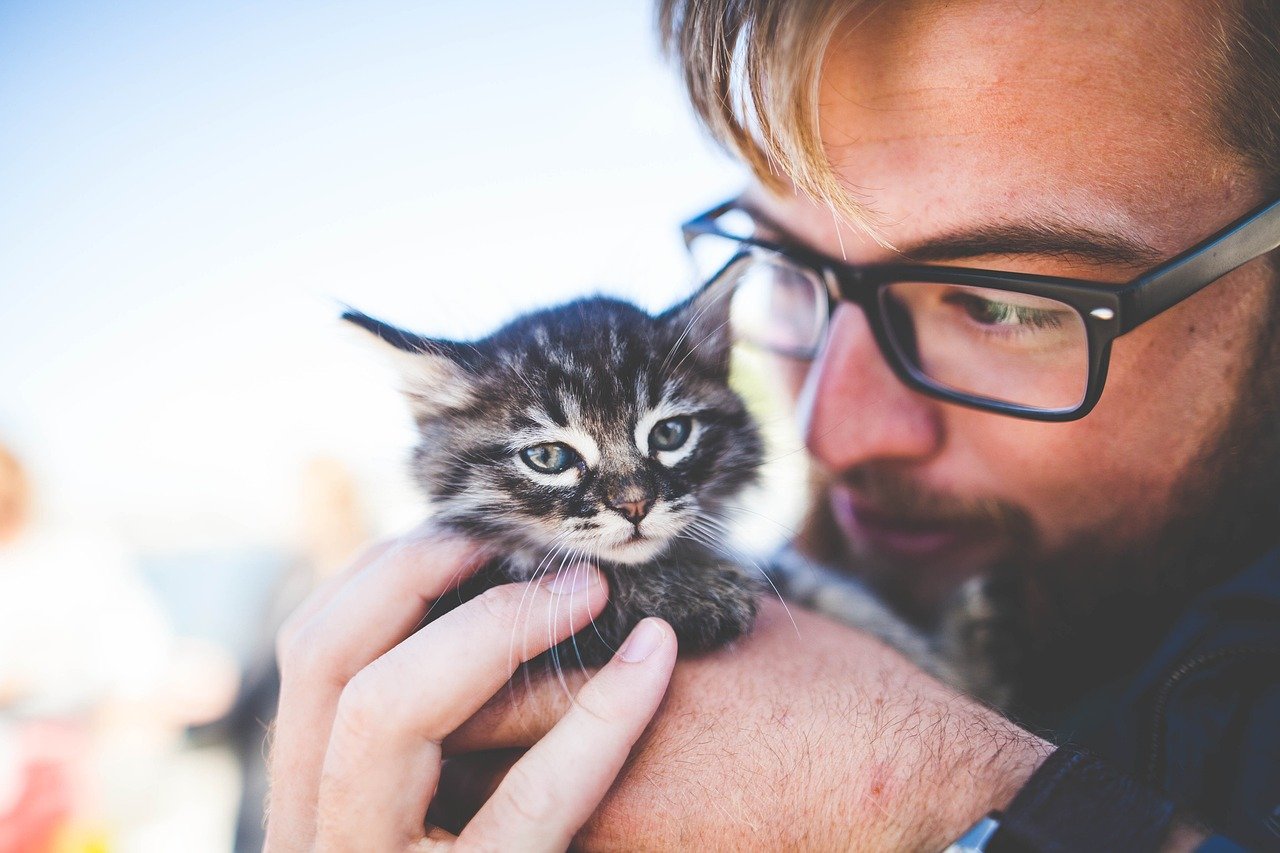
Human interaction has a profound impact on the emotional awareness of big cats. Positive interactions, such as conservation efforts and wildlife rehabilitation, can enhance their emotional well-being. Conversely, negative interactions, such as poaching and habitat destruction, can lead to emotional distress and trauma. Observing a rescued tiger’s gradual recovery or a rehabilitated lion’s return to the wild highlights the resilience of these creatures and the importance of nurturing their emotional health through responsible human interaction.
Lessons from the Wild: What Big Cats Teach Us About Emotions
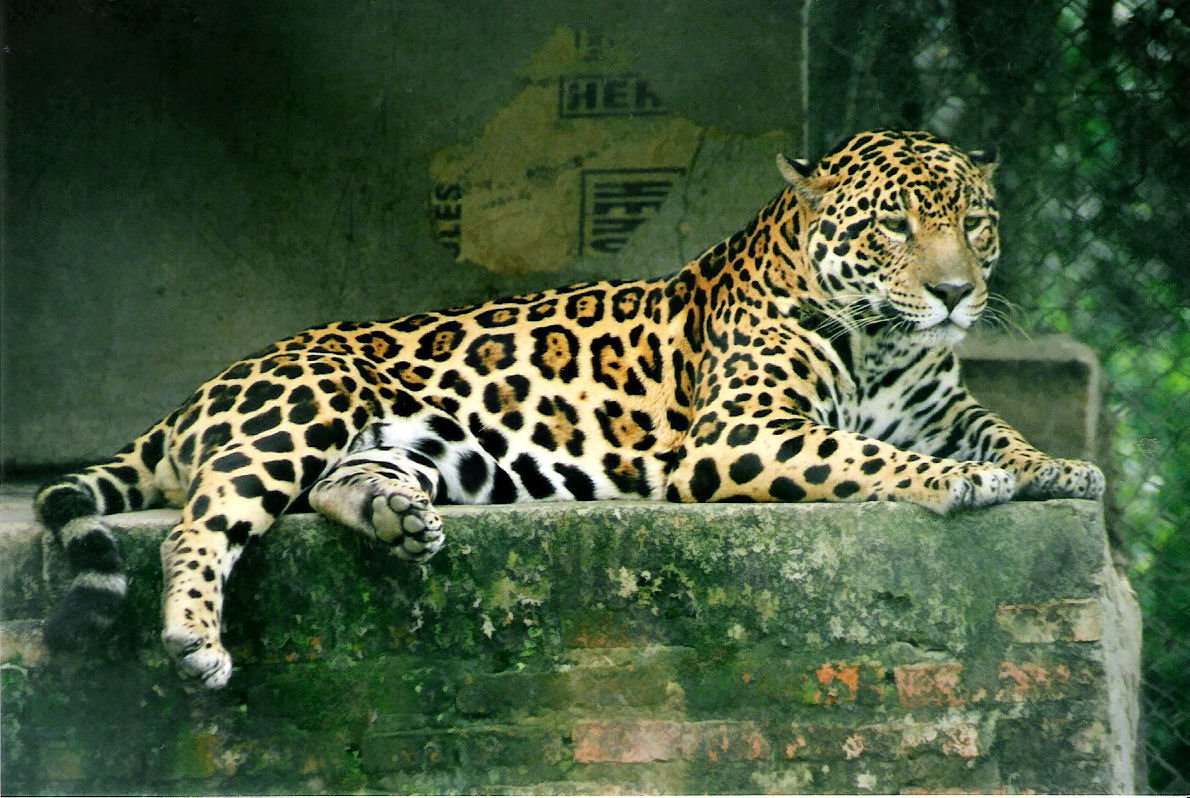
Big cats, with their complex emotional lives, offer valuable lessons about emotions and relationships. Their ability to form deep emotional connections, display empathy, and navigate complex social structures provides insights into the universal nature of emotions. By observing their behaviors, we can learn about the importance of family bonds, the power of empathy, and the resilience of the spirit. These majestic creatures remind us that emotions are not just human experiences but are shared across the animal kingdom.
Concluding Thoughts on Emotional Awareness in Big Cats
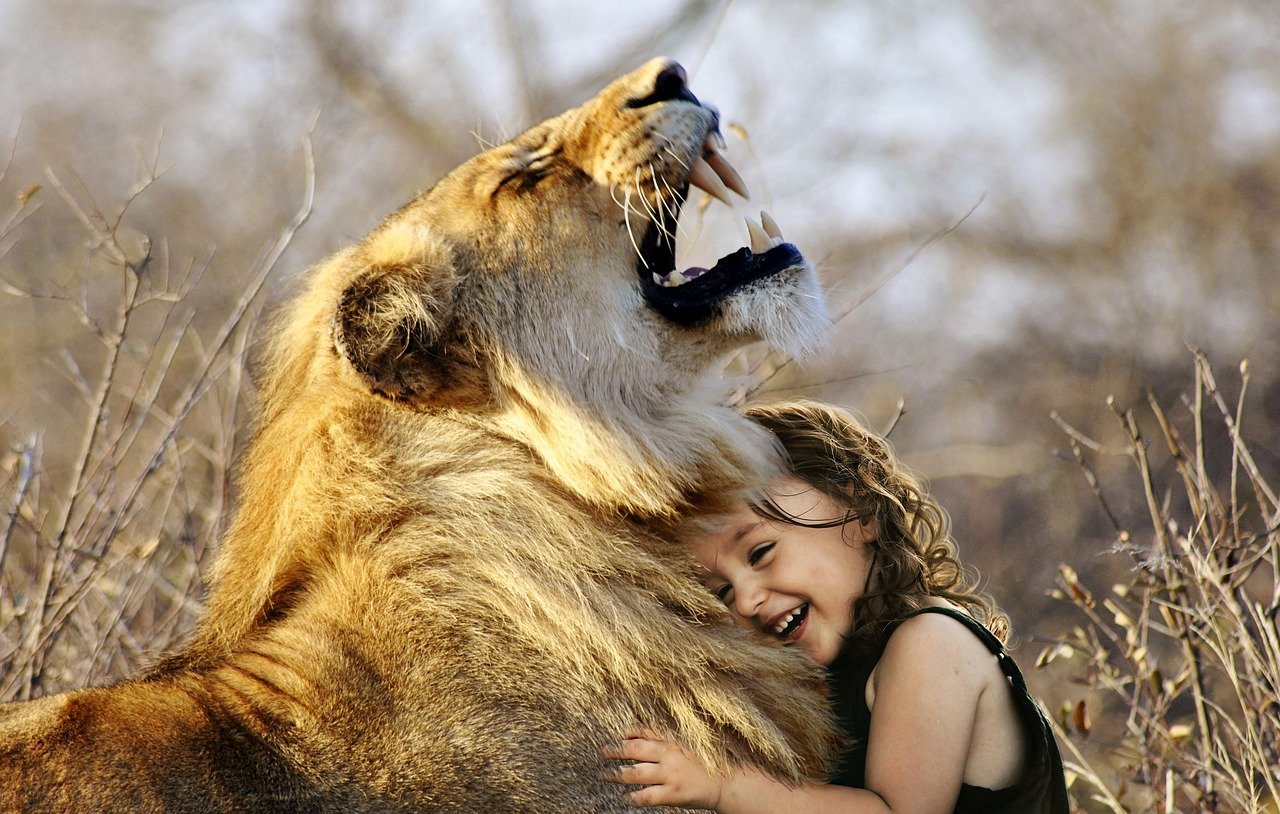
The emotional awareness of big cats is a testament to the complexity and richness of the animal kingdom. From the playful antics of cubs to the deep bonds within prides, these majestic creatures reveal a world of emotions that mirrors our own. Understanding and appreciating their emotional lives not only enriches our knowledge of these incredible animals but also fosters a deeper connection and respect for the natural world. As we continue to learn from them, we are reminded of the shared emotional tapestry that links all living beings.
Hi, I’m Bola, a passionate writer and creative strategist with a knack for crafting compelling content that educates, inspires, and connects. Over the years, I’ve honed my skills across various writing fields, including content creation, copywriting, online course development, and video scriptwriting.
When I’m not at my desk, you’ll find me exploring new ideas, reading books, or brainstorming creative ways to solve challenges. I believe that words have the power to transform, and I’m here to help you leverage that power for success.
Thanks for stopping by, Keep coming to this website to checkout new articles form me. You’d always love it!




